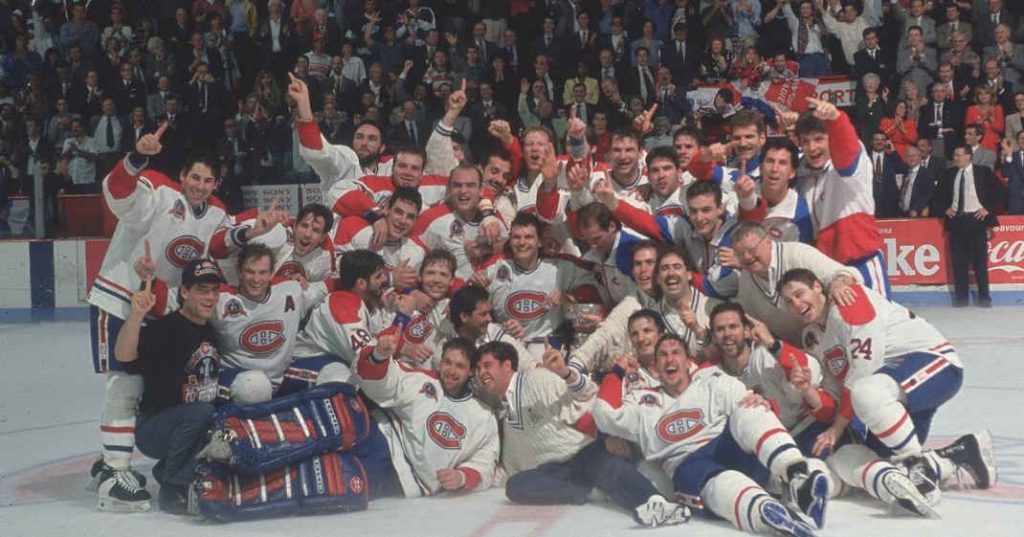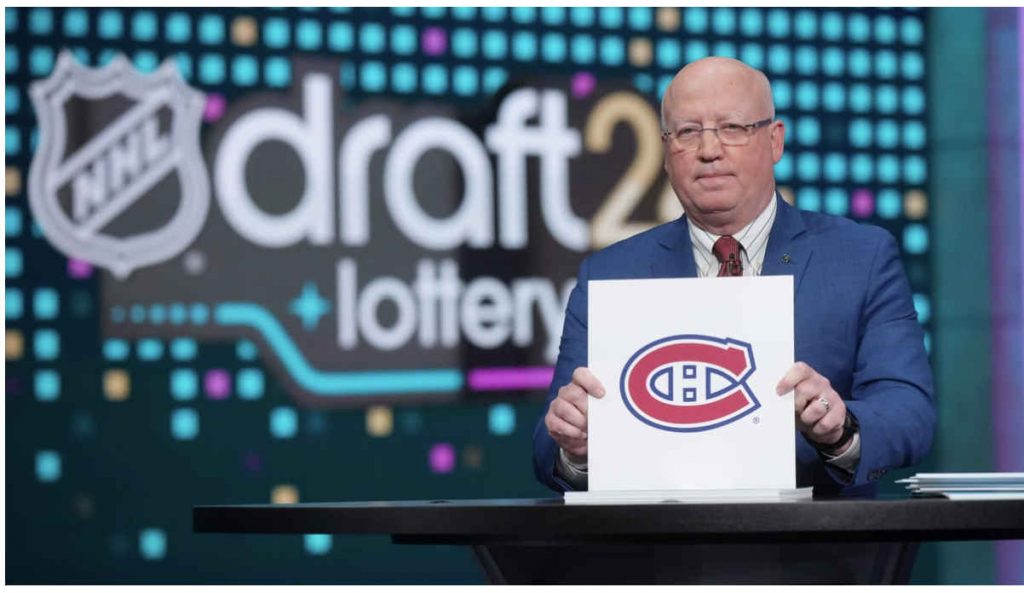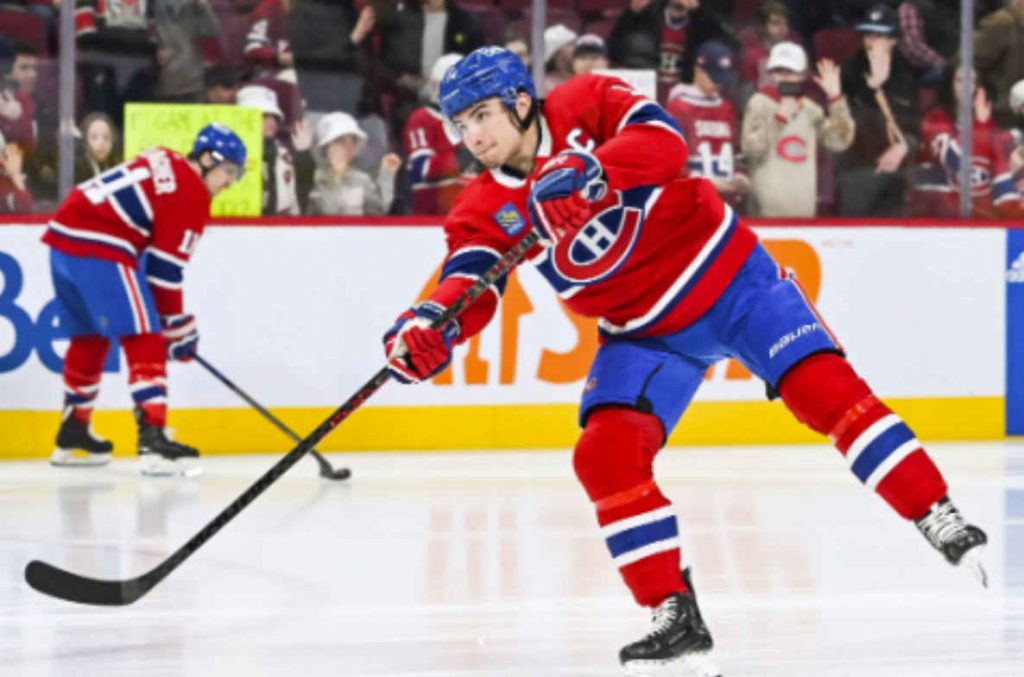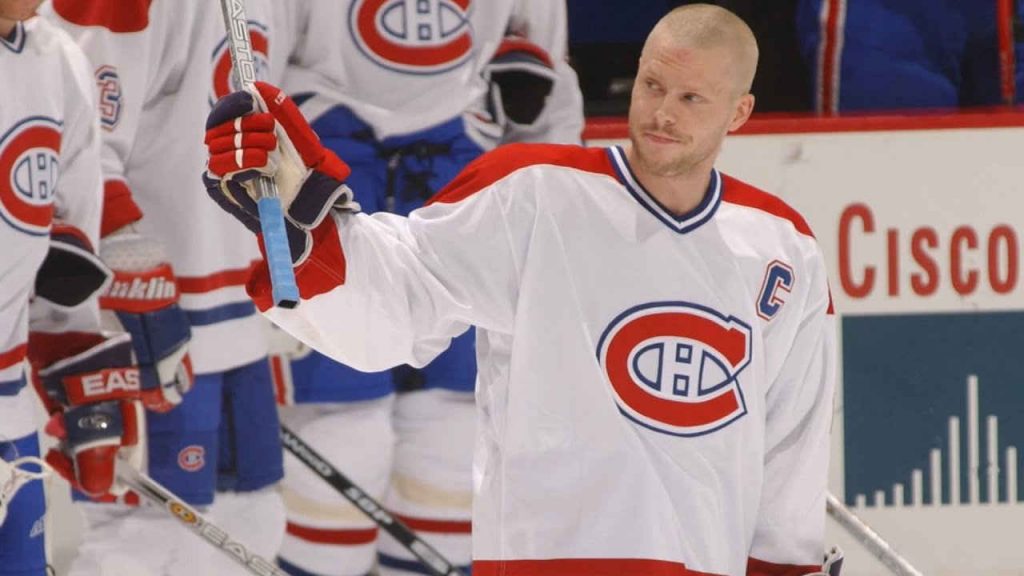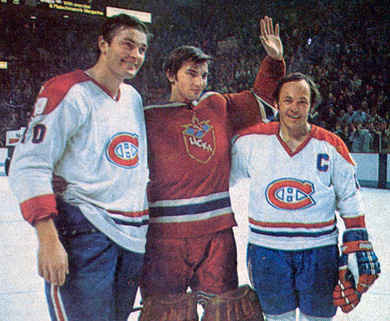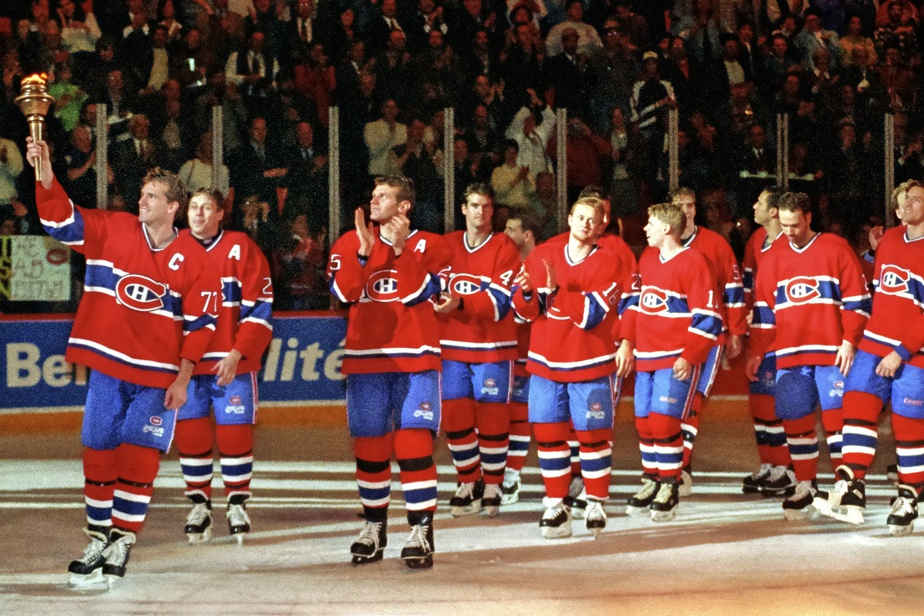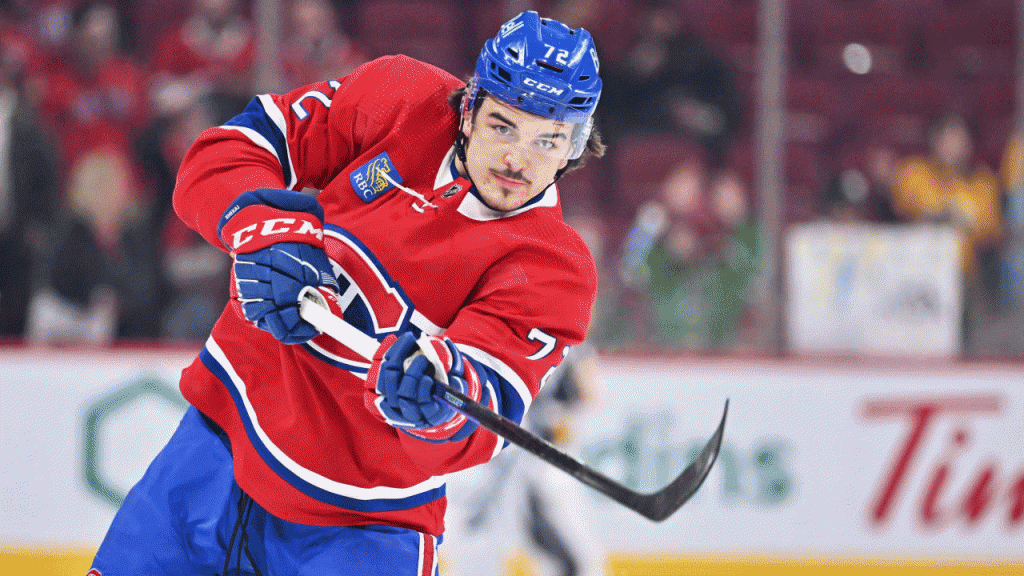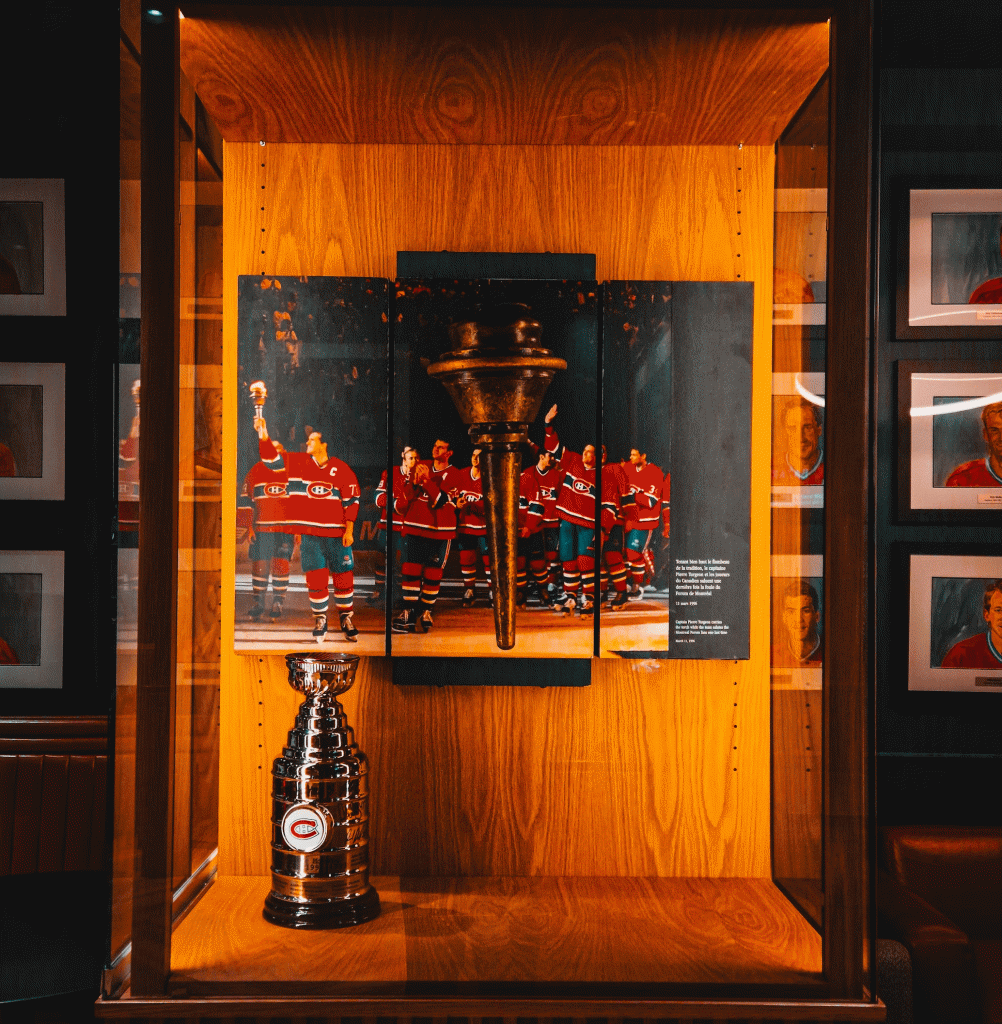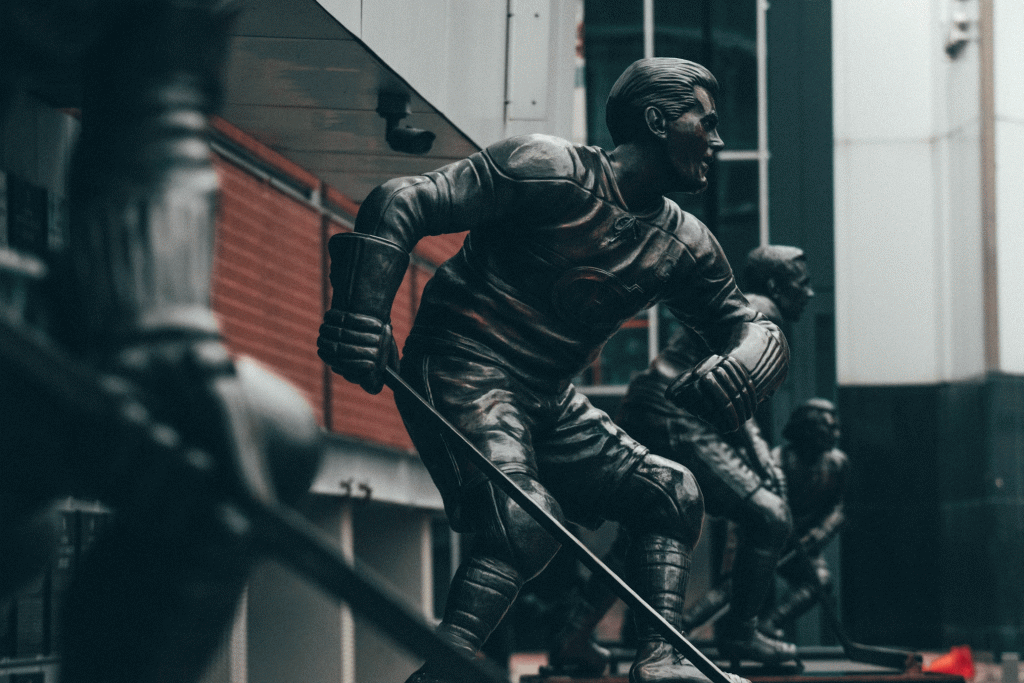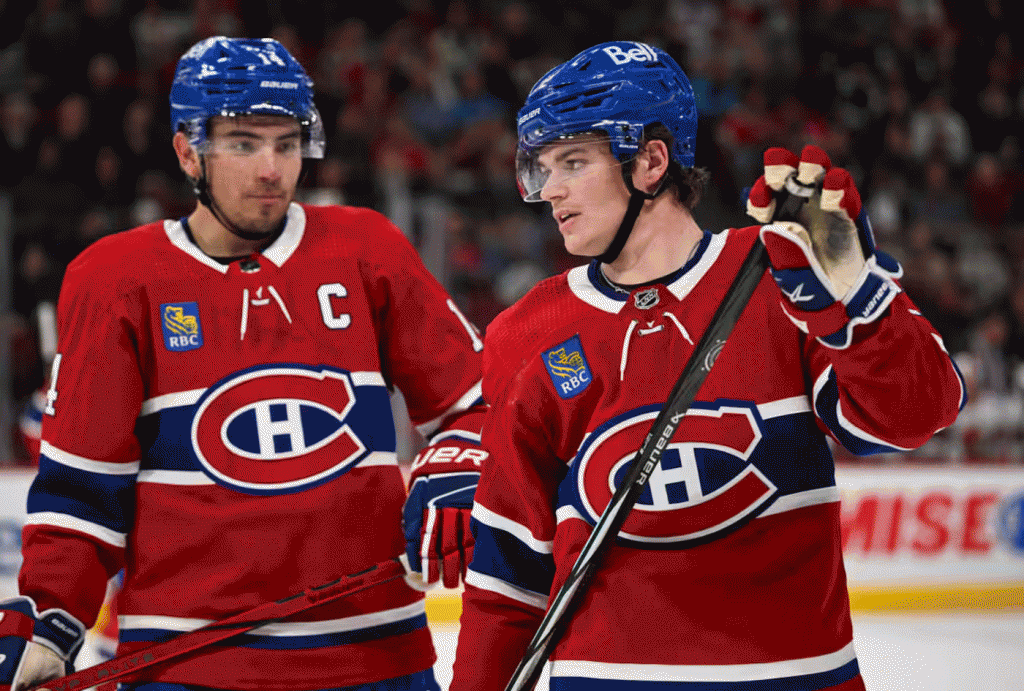The Economics of Being a Montreal Canadiens Fan: Cost of Tickets, Merchandise, and More
The world of sports is one where the fans are the main driving forces. Without fans, sports franchises are simply silly athletes having a local bout of no real consequence. You may be much better off playing at an online roulette simulator than attending an empty stadium to watch a game of hockey, right? Yet, true fans know what it takes to support their team – and the fans of Montreal Canadiens are no exception.
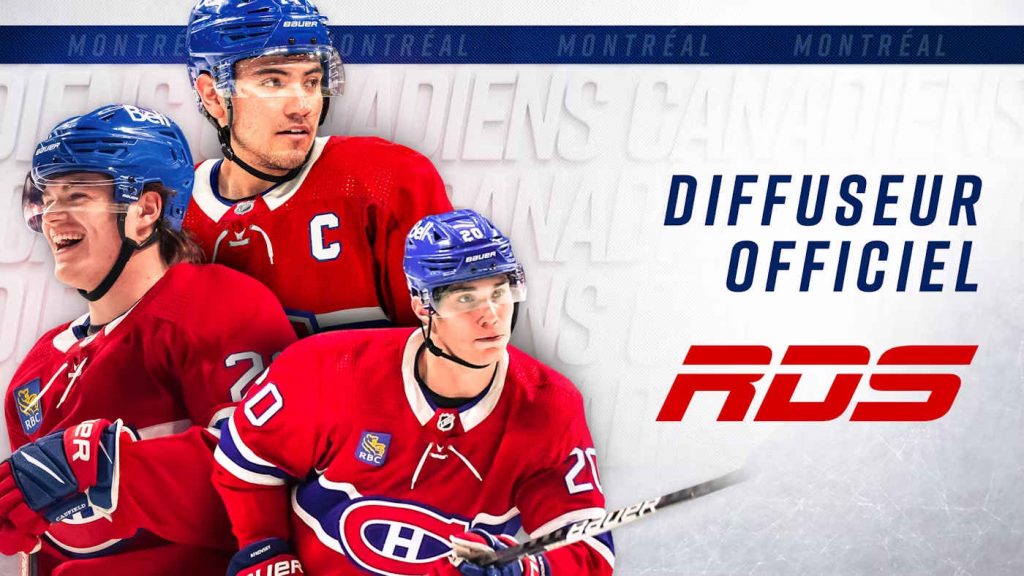
One of the most formidable franchises in the modern Canadian hockey history, there is a lot that fans love about the team. Yet, how much does it cost to be a fan of the Montreal Canadiens? Well, the answer is – it’s completely free, but of course, you need to understand some of the other things that go behind this.
For example, as a fan, you will want to come and see the team play live – this is part of the experience and it really shows that you are committed to the team in the first place. Right, so what are some of the costs that fans may pick up along the way, however? They have to do with:
- Tickets
- Merchandise
- TV fees
What Are the Expenses of a Montreal Canadiens Fan?
Right, so the first thing to determine is how much the Montreal Canadiens would need to spend. That really varies. Now, you can be a great fan and never spend a dime, other than on cable, or attending the eventual game, or even resharing a social media post. It all helps – really.
Teams can use all the exposure they can get and this is precisely the way this works. For this reason alone, you can be a fan and never spend money. But what are the actual economics of being a “true” Montreal Canadiens fan? Well, there are quite a few things that you would need to consider here, indeed.
As a true fan, the bare minimum would be to have TV and streaming services locked in that can provide you with plenty of watch time of your favorite time at a fairly low cost. The average a Montreal Canadiens fan would spend on watching the team on their telly is about $180 a year, which his pretty much acceptable. This will open up the entire NHL league for you that can be good.
Stepping Up Your Expenses as a Fan
Right, so you can actually spend a little more as well if you are particularly looking to be a “better fan.” This has to do with travel expenses – if you feel inclined to follow the team around and watch them play away games. This is not obligatory, but most fans admit that they go to at least one away game for their team, as they feel happy to travel around, use the opportunity to take a break, and otherwise enjoy good hockey.
Of course, the costs will rack up this way, but this is not all. Tickets are another major expense even when considering home games. While many players can enjoy the TV experience and frankly the majority does, there are those die-hards who won’t miss a team game and will definitely pounce at the chance to watch their team live.
Don’t Forget About Being Emotionally Invested
You may think that it won’t cost you a thing to be a fan but it actually will – the biggest expense you will have is the emotional investment. Following your team, cheering at its wins, and commiserating for its losses. Yes, it may sound a bit odd at first blush but it really isn’t that strange when you come to think of it. You will be actively thinking about the team, checking on results, and wanting to even step in and change some things to help your team win more.

